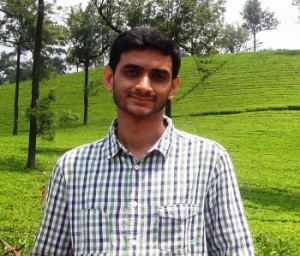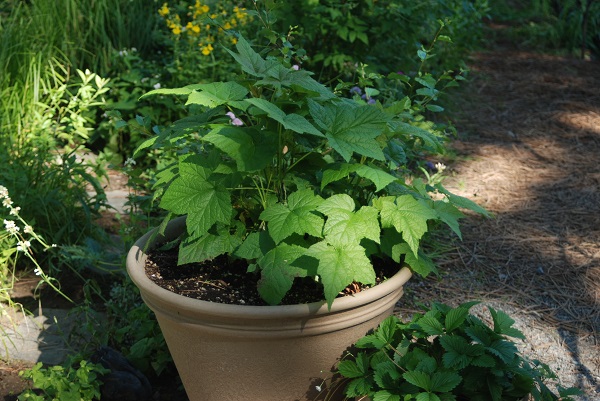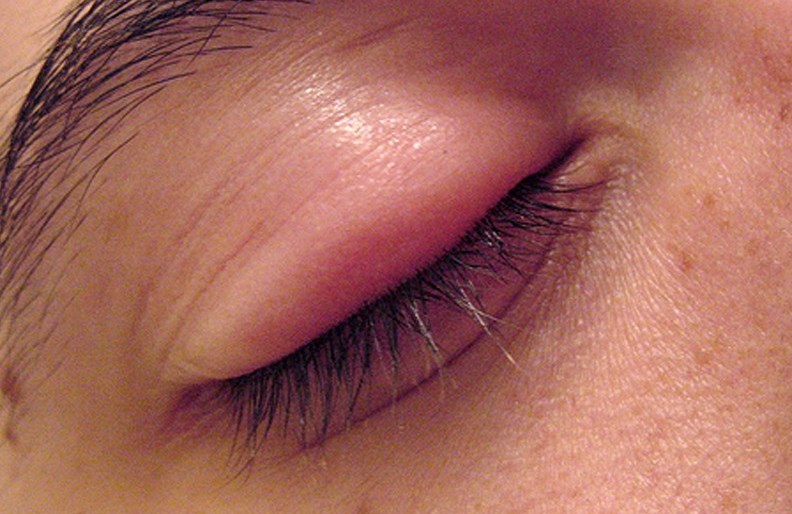Ditch your power walks and zumba classes that exhaust you – do these five exercises for the most shapely calves ever.
by Beverley Lewis
You don’t need to spend hours at the gym trying to work on your calf muscles. You simply need to spend about 15 minutes exercising this muscle, three times a week to get shapely calves.
So without further ado, here are our top 5 calf workouts.
 The double-leg calf raise. This particular exercise uses one’s body weight to strengthen and tone the gastrocnemius and soleus muscles or calf muscles.
The double-leg calf raise. This particular exercise uses one’s body weight to strengthen and tone the gastrocnemius and soleus muscles or calf muscles.
Begin by standing next to a wall. This is to help you with balance.
Now place your feet hip-width apart. Next, press down onto the balls of both feet and raise your body upward, making sure that your abdominal muscles are pulled in tightly. Hold this position for a few seconds and then go back to the starting position. Do 3 sets of 12 repetitions each.
When you get fitter you can add different variations such as using a stepper and holding a dumbbell between your hands while performing this exercise.
Single-leg calf raises. Stand on one leg near a wall for balance with the other leg bent behind. Now, position your toes and the balls of your feet on an elevation like a stepper or a stair, making sure that your heels and arches are off the stepper or stair.
In order to balance yourself, place your hands on the wall. Lift one leg and place it against the leg which is on the stepper or stair.
Now begin raising your leg up and down. This particular exercise works the calf muscles. Do 15 repetitions and then switch legs.
Seated calf-raise. The seated calf raise exercise places emphasis on the soleus muscle, which consists of slow twitch muscle fibres. Begin by sitting on a box or a bench, making sure your feet are flat on the floor.
or a bench, making sure your feet are flat on the floor.
Now, flex your calves as high as possible before returning back to the starting position. Make sure to squeeze your calves at the peak extension of the movement, making sure that you perform this movement slowly, before returning to the starting position.
Walking and hiking. These are excellent calf-strengthening exercises, especially if you go uphill. Remember, the steeper the climb, the more strain on your calf muscles.
Swimming. This is another great exercise to get toned and shapely calves. This is because swimming works the calf muscles along with the rest of the legs muscles. Also, because it is low-impact, it’s a safe way to strengthen calf muscles, especially if you are overweight or are recovering from an injury.
Need more help? Watch this:
(Pictures courtesy blitarweb.biz.id, www.fitstudio.com, terrafirmaadventures.com. Images are representational in nature)









